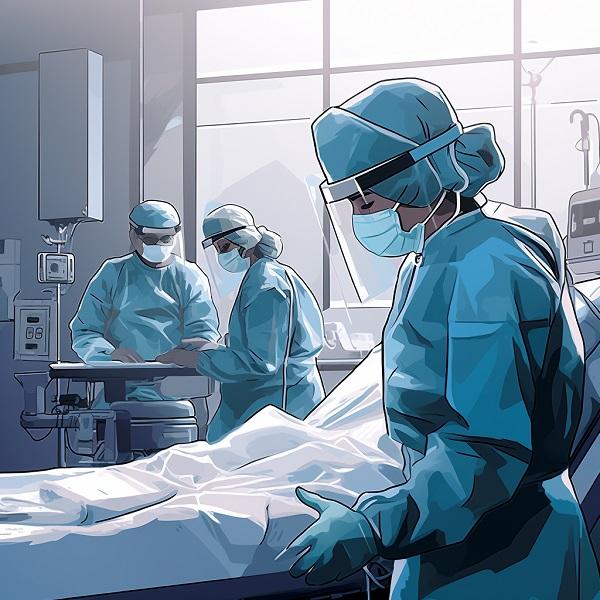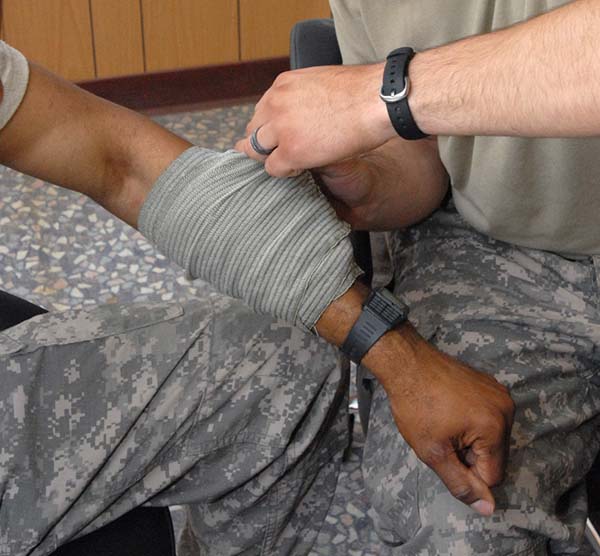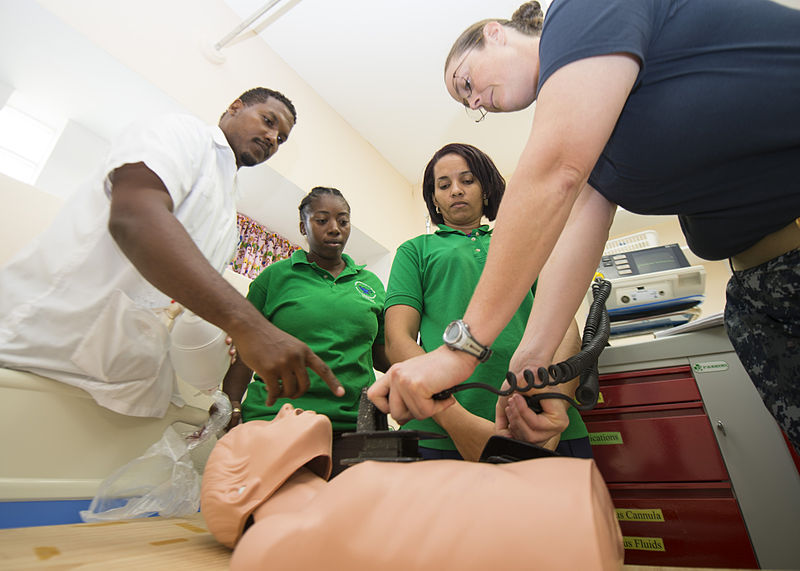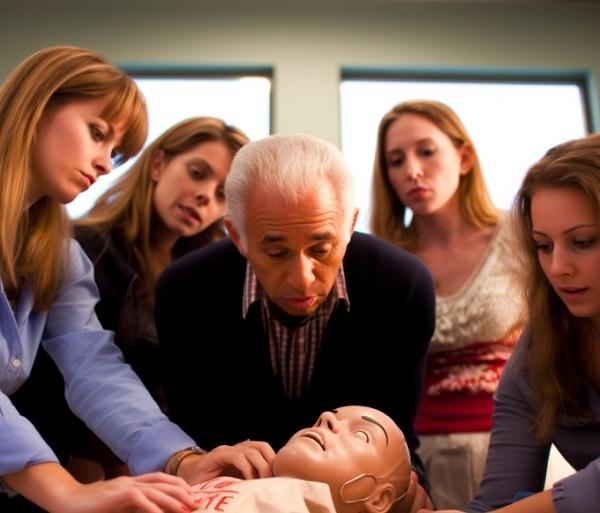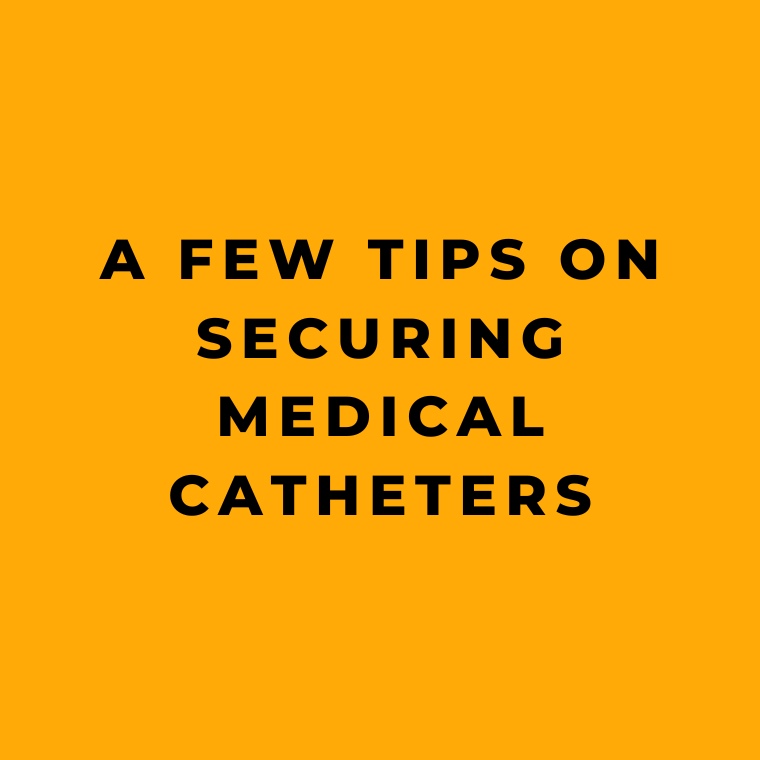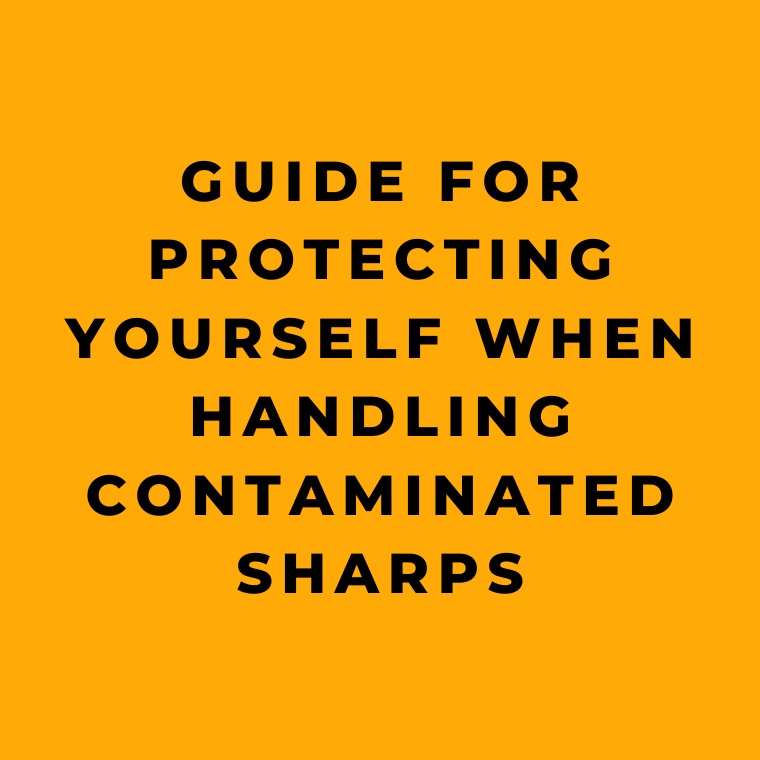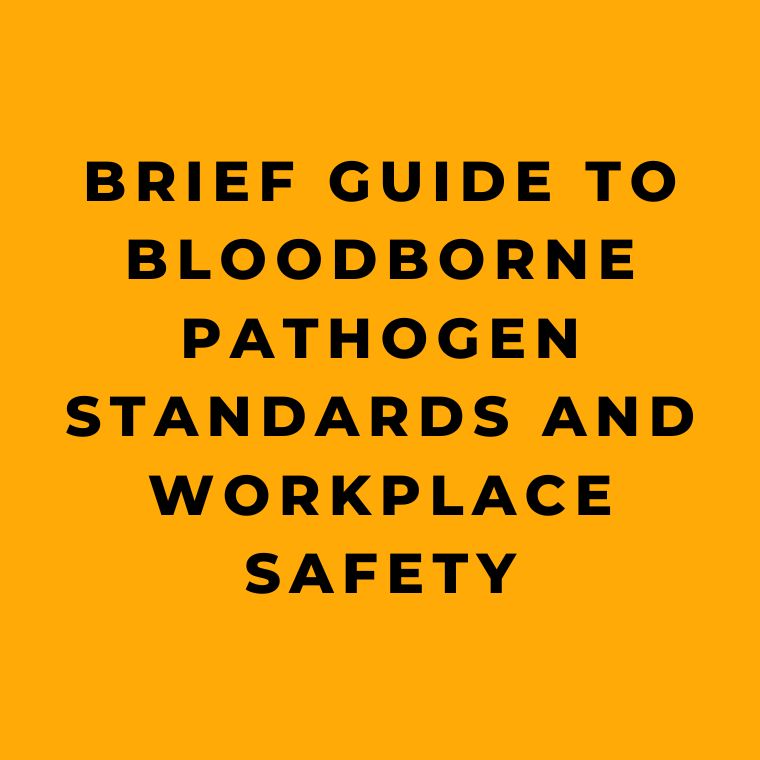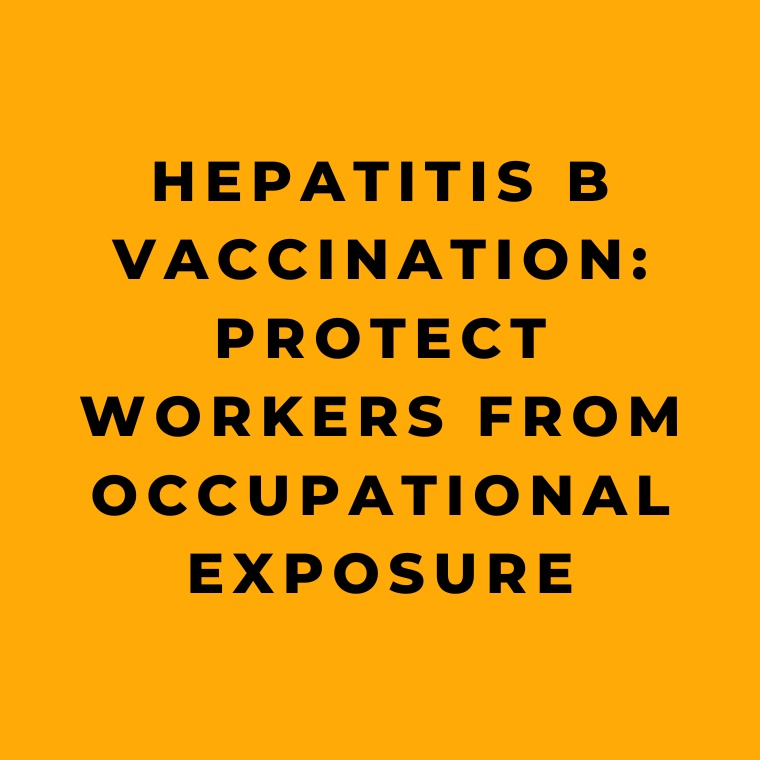Biological Hazards: A Brief Guide
Biological hazards encompass a wide range of biological substances that pose risks to the health of living organisms, mainly humans and animals. They are prevalent in many work settings, necessitating education and proactive risk management strategies. Understanding these hazards involves recognizing the diverse nature of biohazards, from microorganisms to larger biological entities, and their potential … Read more

